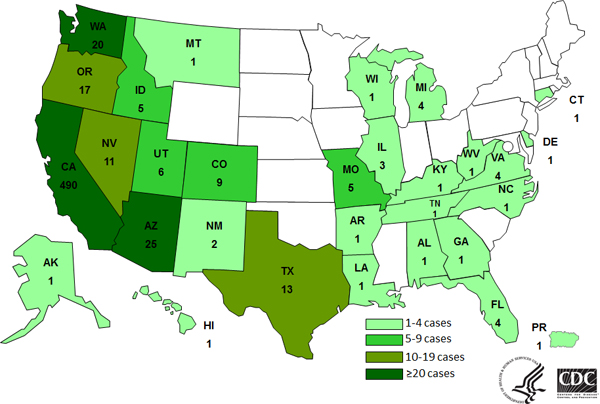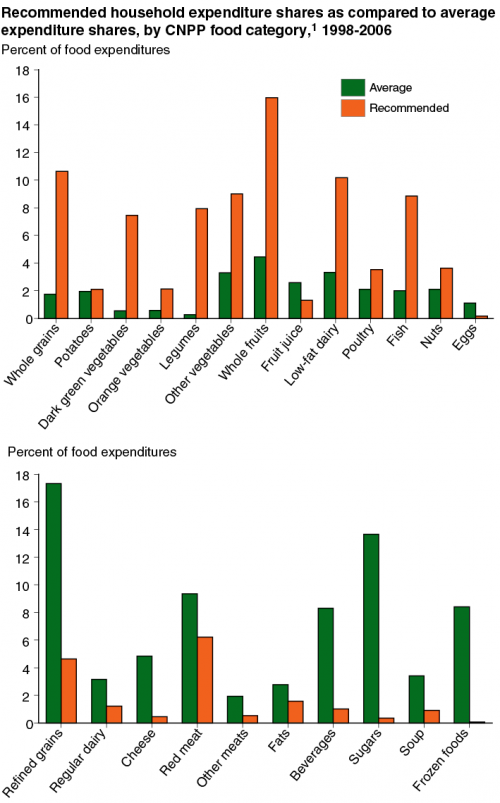Country-of-Origin-Labeling (COOL) for meat: Yes!
You might think that knowing where meat comes from would be useful to know, but big chunks of the meat industry think otherwise. They have been fighting Country-of-Origin Labeling (COOL) for more than a decade, and the fight isn’t over yet.
In the latest skirmish, the US Court of Appeals for DC has decided that the USDA can implement its 2013 rules requiring country-of-origin labeling (COOL) for meat and poultry products, something it has been trying to do for a long time.
COOL laws mandate that meat products be labeled to tell where the food animals were born, raised and slaughtered, like “”born in Mexico, raised and slaughtered in the United States” or “born, raised and slaughtered in the United States.”
The judges said COOL does not violate the First Amendment—the principal argument used by meat industry groups to challenge the labeling law.
The American Meat Institute (AMI) says the ruling is disappointing.
Let’s leave aside the question of the meat industry’s invocation of First Amendment challenges to achieve what it can’t get any other way. Fortunately, this ploy did not work this time.
But the easiest way to understand what this absurd business is about is to take the events chronologically.
This history, to say the least, is “convoluted.”
I went back to see what I had written about COOL in my 2006 book, What to Eat.
In 2002, Congress passed a law requiring Country of Origin Labeling (the apt acronym is COOL) that was to take effect in 2004. Later, under pressure from food industries, Congress postponed the deadline until 2005 for fish, but until 2006 and, later, 2008 for other foods…In America, food industry opposition to COOL is just about universal. The industry complains that tracking the origin of foods is difficult, but also would prefer that you not know how far food has traveled before it gets to you. The Grocery Manufacturers of America, an especially vigilant trade advocacy group, called the 2002 bill “a nasty, snarly beast of a bill,” but even stronger opposition came from the meat industry. Its lobbyists argued that COOL would be “extraordinarily costly with no discernible benefit,” but their real objection was that meat producers would have to track where animals and products come from—another sensible idea that they have long resisted…the industry wants COOL to be voluntary–so they can voluntarily decline to put COOL labels on their products.
In 2009, Canada and Mexico challenged COOL at the World Trade Organization (WTO), arguing that COOL was a trade barrier in disguise that would hurt the meat industry on both sides of the border. The WTO issued a ruling in 2011 so ambiguous that both Canada and the U.S. said it favored their positions.
Canada and Mexico asked the WTO for another review. The WTO has apparently rendered its decision but has not announced it publicly. Politico Pro speculates that “the ruling does not bode well for USDA.”
Why COOL is a good thing is evident from a case in Canada. Officials of an Ontario greenhouse face criminal fraud charges for allegedly selling fresh vegetables from Mexico to Canadian retailers and representing them as Canadian produce.
I like knowing where my food comes from, don’t you? And these days, meat especially.




